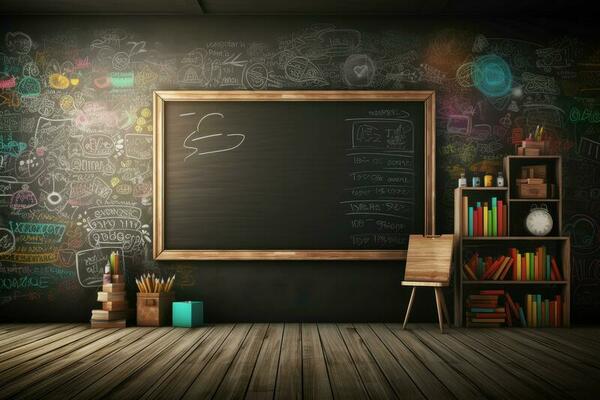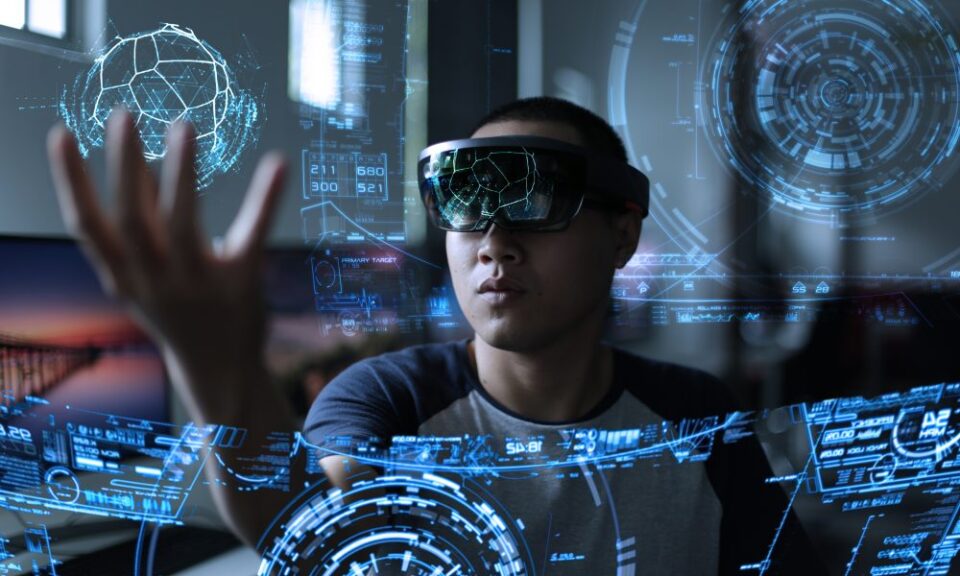Over the years, the advancements in technology have significantly impacted the education sector, revolutionizing the way students learn and interact in the classroom. From the traditional use of chalkboards to the emergence of virtual reality, the evolution of classroom technology has opened up new possibilities for both teachers and students.
Chalkboards: The Foundation of Classroom Instruction

The chalkboard, or blackboard, has been a staple in classrooms for centuries. It served as a fundamental tool for teachers to convey information and engage with their students. With a piece of chalk in hand, teachers could write notes, draw diagrams, and solve problems in real-time. This simple yet effective technology allowed for interactive learning.
Projectors and Overhead Transparencies: Enhancing Visual Learning
In the mid-20th century, projectors and overhead transparencies became popular in classrooms. This technology enabled teachers to display visual aids, such as images, diagrams, and text, on a screen or wall. It enhanced visual learning and made it easier for students to grasp complex concepts. Teachers could prepare slides in advance and present them using a projector, allowing for more dynamic and engaging lessons.
Computers and Internet: The Digital Revolution
The advent of computers and the internet brought about a significant shift in classroom technology. With the introduction of personal computers and laptops, students gained access to a vast amount of information at their fingertips. The internet opened up a world of educational resources and online platforms for collaborative learning. Teachers could now integrate multimedia content, interactive quizzes, and educational games into their lessons.
Smartboards: Interactive Learning at its Best
In recent years, smartboards have become increasingly popular in classrooms. These interactive whiteboards combine the features of a traditional chalkboard, a projector, and a computer. Smartboards allow teachers to write, draw, and interact with digital content using a stylus or touch gestures. They enable real-time collaboration, multimedia integration, and instant access to online resources, making learning more engaging and interactive.
Virtual Reality: Immersive Learning Experiences

The latest breakthrough in classroom technology is virtual reality (VR). VR headsets and applications provide students with immersive learning experiences that were once unimaginable. Through virtual reality, students can explore historical sites, travel to outer space, or interact with three-dimensional models. It promotes active learning, enhances critical thinking, and stimulates curiosity. Virtual reality has the potential to revolutionize education by taking students beyond the confines of the traditional classroom.
The evolution of classroom technology, from chalkboards to virtual reality, has transformed the way students learn and teachers teach. Each advancement has brought new opportunities for engagement, interactivity, and access to information. As technology continues to evolve, it is essential for educators to embrace these advancements and adapt their teaching methods to create an immersive and effective learning environment.

